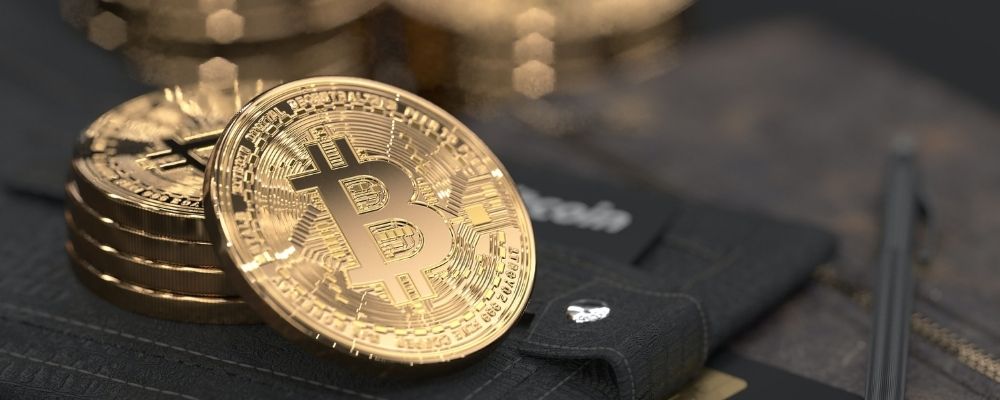Crypto blockchains lie at the core of everything crypto.
Crypto Blockchains
Without a basic understanding of crypto blockchains, you can’t really understand the basics of crypto. So in this episode le’ts talk about crypto blockchains.
Harrison Dell of Cadena Legal in Sydney will walk you through an example that hopefully will make it easier to grasp what a blockchain looks like.
Here are just a few notes of what we learned but please listen in as we really only make a handful of comments here. Harrison explains all this in much greater detail.
To listen while you drive, walk or work, just access the episode through a free podcast app on your mobile phone.
Crypto Blockchains
A blockchain is just a public ledger – a public list of transactions.
Let’s say Harrison and Larry The Listener both own 3 Bitcoins (BTC). Harrison transfers 2 BTC to Larry and so now Harrison has 1 BTC and Larry has 5.
The blockchain lists the transaction from Harrison to Larry and it goes into a block, a decentralised ledger that lists this transaction. This block doesn’t just list this transaction but thousands or millions of other transactions.
Most cryptocurrencies use blockchain technology but they don’t have to. There are a few that don’t. And also crypto is just one area where blockchain technology is used. Blockchain technology is used in a wide range of applications, from supplier dispute resolution to pipeline management.
Irreversible
Anything in a blockchain is irreversible because it is a chain. If you could reverse one transaction, then you would have to reverse every block that came after and linked to this block. Hence anything in a blockchain is irreversible. This is relevant for example when your staked coins fall victim to a rug pull.
NFTs
NFT stands for non-fungible token. And fungible means replaceable by another identical item.
So for example when you own one Bitcoin, that bitcoin is fungible. There are plenty of coins that are exactly the same.
But non-fungible means unique, can’t be replaced by another identical item. So you are non-fungible. All of us are. And the same for non-fungible tokens. They are a token for something that is unique, for example, a digital artwork. And you can trade these NFTs.
This was a rough overview of some of the things we learned in this episode. But there was plenty more. Please make sure you listen in since we only scrapped the tip of the iceberg here.
MORE
Disclaimer: Tax Talks does not provide financial or tax advice. All information on Tax Talks is of a general nature only and might no longer be up to date or correct. You should seek professional accredited tax and financial advice when considering whether the information is suitable to your or your client’s circumstances.
